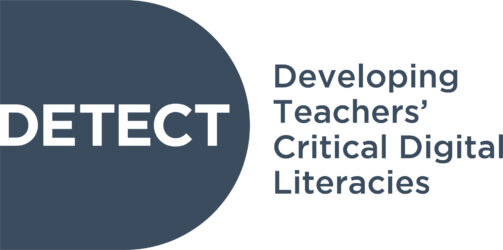The toolkit aims to support younger children as well as older children and teens with developing digital resilience. Digital resilience refers to the ability to cope with whatever situations they face when they go online.
There are different resources available such as videos and downloadable PFDs that offer parents and teachers practical information and tips regarding supporting children and young people with developing digital resilience.
- digital resilience, digital wellbeing
- text | video | audio | image
- Online toolkit
- Internet Matters organisation
- Public Domain
- https://www.internetmatters.org/resources/digital-resilience-toolkit/

